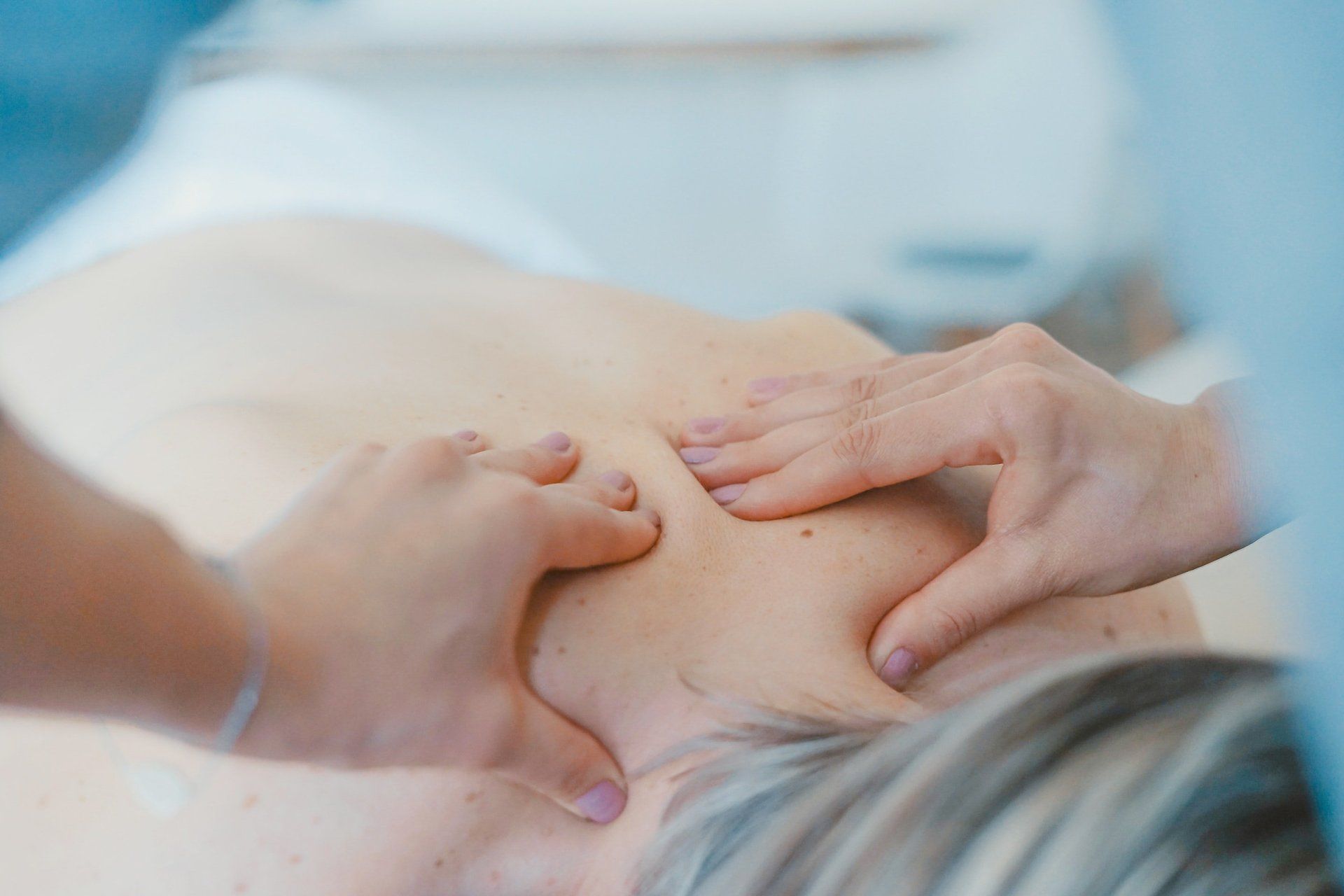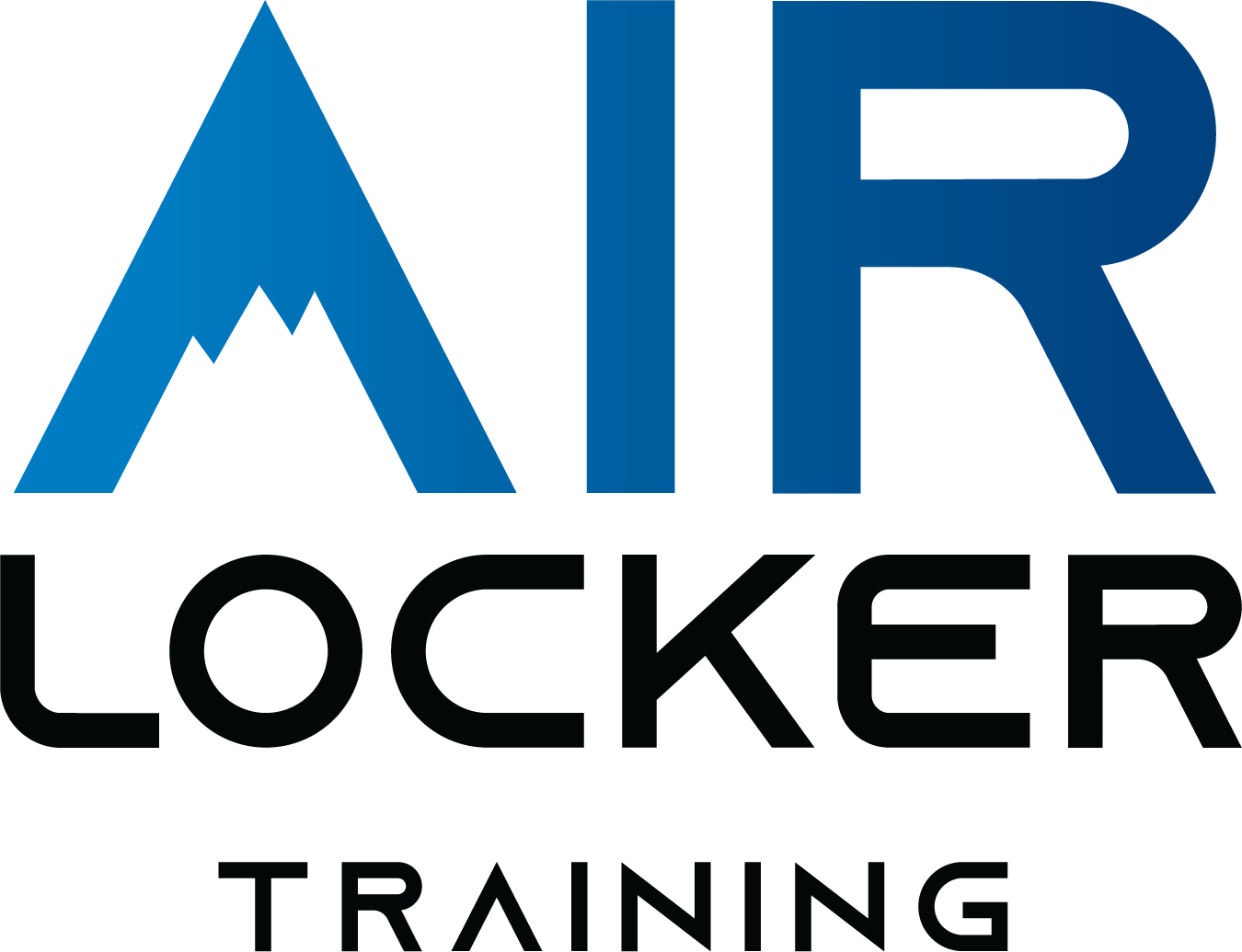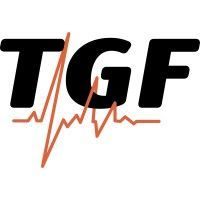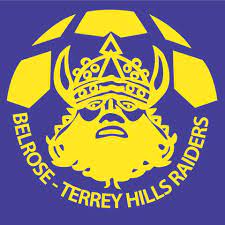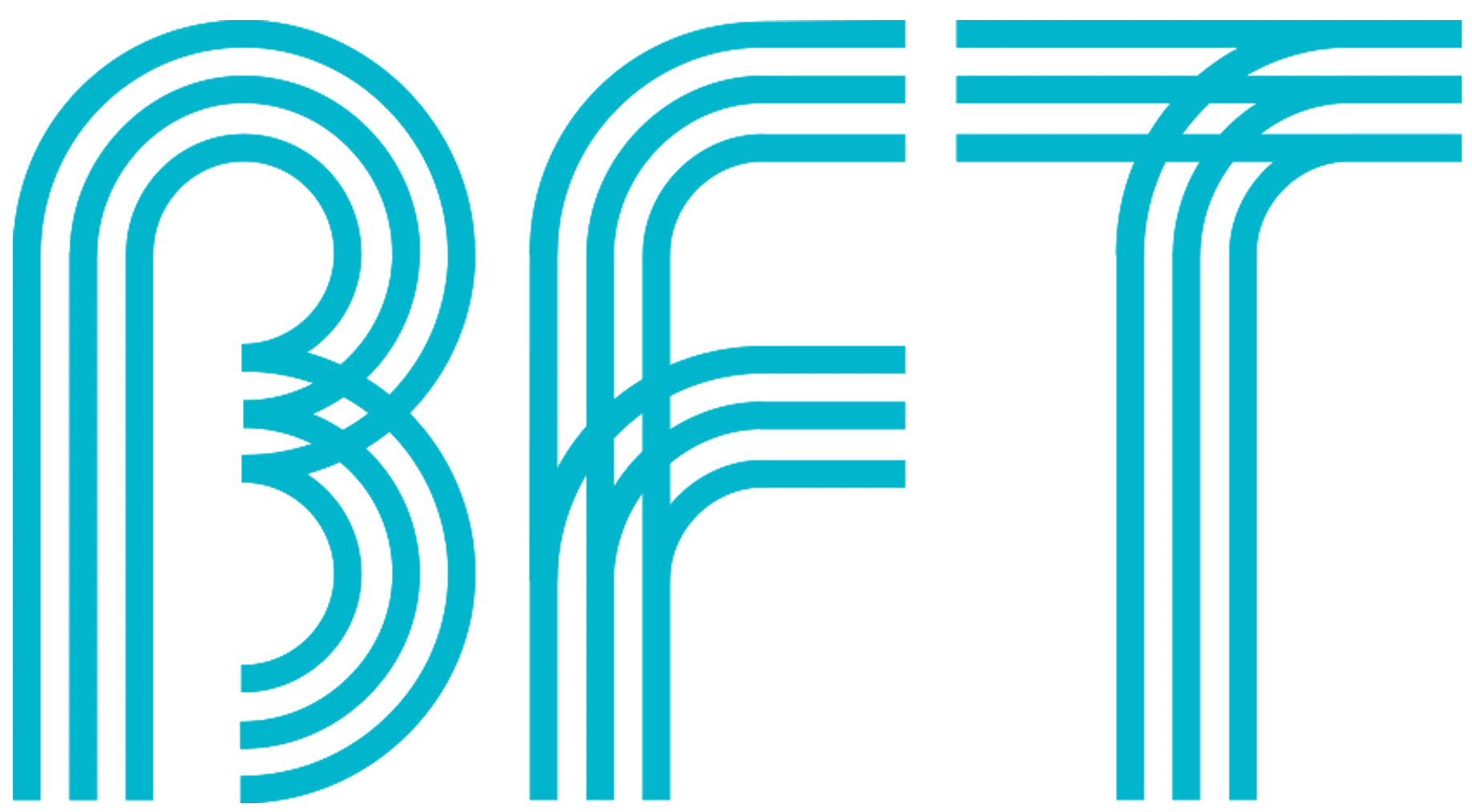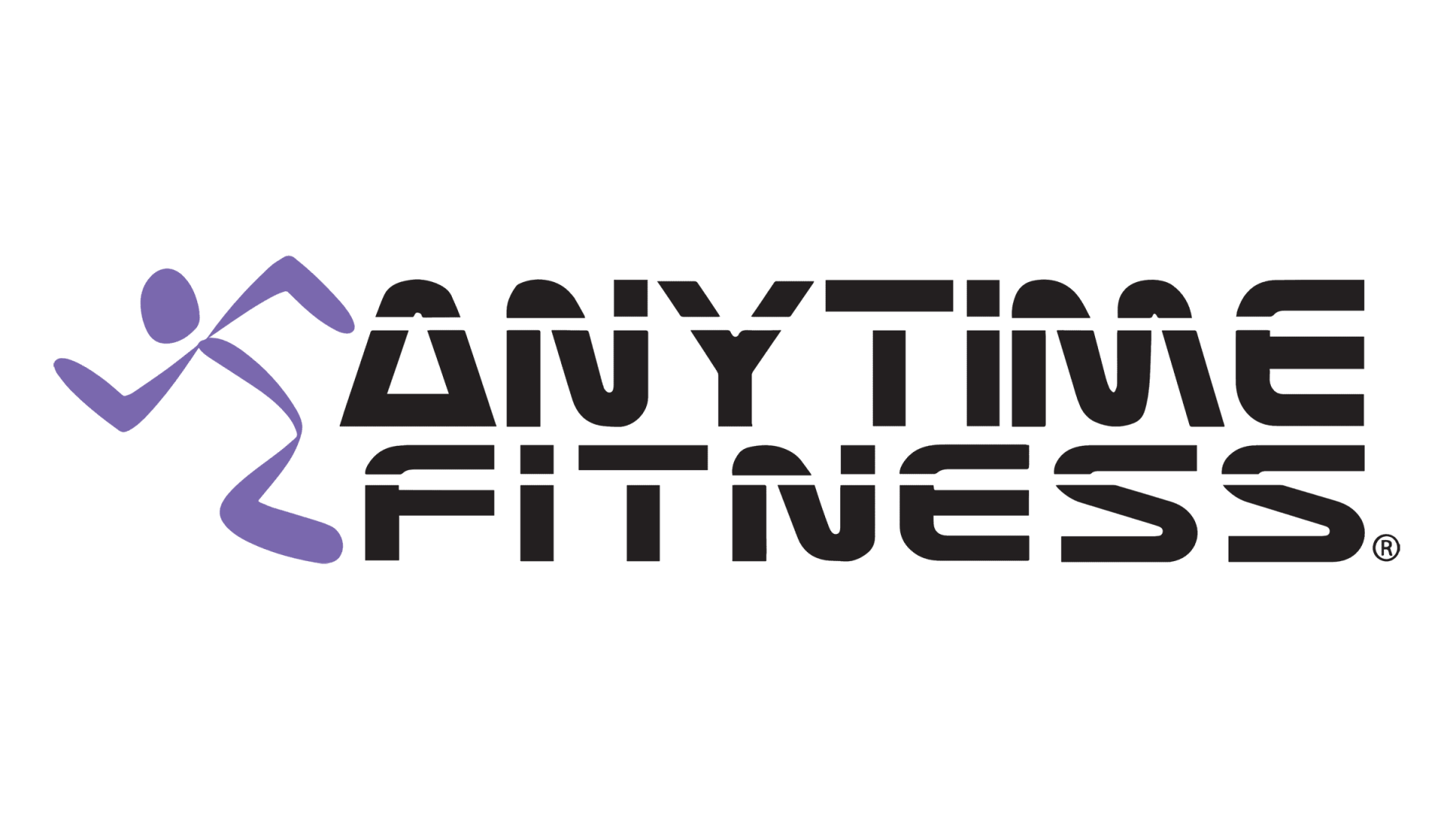Is your heart rate too high while running?
BeachLife Physiotherapy • 10 November 2025
Find out how to settle a high heart rate!
First: Why it happens?
Your heart rate can spike for many reasons - not always fitness related.
Common causes:
1. Starting too fast
2. Hot or humid weather
3. Hills / Elevation
4. Fatigue or poor sleep
5. Caffeine / Stress / Dehydration
STEP 1: Slow your pace early
If your HR climbs quickly in the first 5-10 min:
Ease back until you can speak full sentences again (Zone 2-3 range)
You should feel under control, not chasing your watch.
Your heart rate will settle once your body warms up.
STEP 2: Focus on controlled breathing
Try a rhythmic breathing pattern like:
3 step inhale - 3 steps exhale (for easy runs)
2:2 or 2:1 for faster efforts
This helps calm your nervous system and lower your HR naturally.
STEP 3: Check your environment + hydration
If it's hot, your HR will rise 5-10 bpm for the same effort.
Run earlier or in the shade
Drink fluids / electrolytes
Adjust your pace, not your target HR
STEP 4: Use effort zones, not just numbers
HR is useful, but not perfect.
Combine with:
RPE (Rate of Perceived Exertion) 1-10 scale of how hard it feels.
Talk test: If you can't talk = Too hard for easy runs.
STEP 5: If it stays high consistently
If your HR is elevated across multiple runs:
You might need a recovery day or easy week.
Check for overtraining, poor sleep, stress, illness, or dehydration.
A persistently high resting HR >5-10 bpm above normal) is a flag to rest.
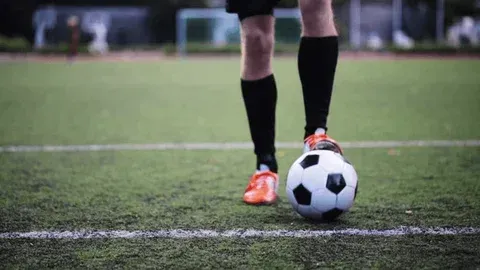
Coming back after an injury isn't just about feeling good - it's about being ready! That's where your physio steps in. Through a Return to Sport Assessment, your physio checks: 1. Strength & power symmetry 2. Balance & movement control 3. Confidence & readiness to compete 4. Sport-specific performance tests It's not just about getting back - it's about staying back! If you're working toward your comback, ask your physio about an RTS assessment today!

Here are a few of our key top tips for avoiding and managing running pains as we head into the warmer months and get out on the track more often. 1. Build KM's slowly "Too much, too soon" is the phrase you don't want to hear. Give your tissues the chance to build tolerance. 2. Bone pain = Serious Don't push through bony pain that gets worse as you run. Bone stress injuries are common and require management. 3. Don't forget, strength! Most running injuries are the result of tissues not being strong enough to tolerate the loads going through them. Stronger tissues get injured less. 4. Pounding the pavement Running is tough on the body, but when progressed well and with the strength to support it, you can do amazing things!
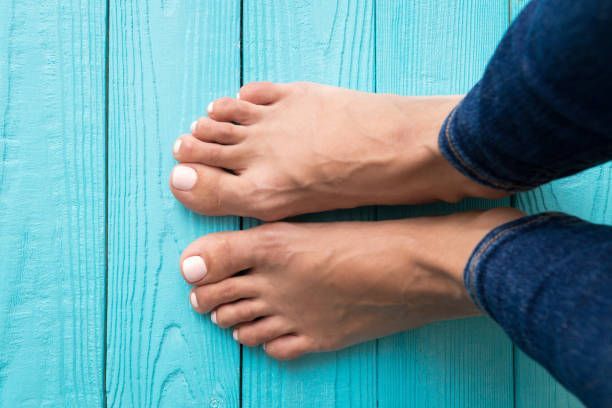
Why are foot mechanics important? The feet are the base of our kinetic chain. Poor foot mechanics can cause compensations, dysfunction and pain further up the chain; especially in hips or knees, but even lower back and neck. 1. Strength Complete exercises that strengthen the intrisic muscles of the feet. These are the muscles that control your toes and support your arch. 2. Mobility Good movement at the ankle and big toe are critical to correct foot function. Complete mobility exercises if you have reduced movement. 3. Proprioception Improve stability and balance in your foot and ankle. Practice single leg balance exercises, especially on a soft surface. 4. Barefoot walking Walk barefoot on soft surfaces such as sand and grass to strengthen the intrinsic muscles in the feet.
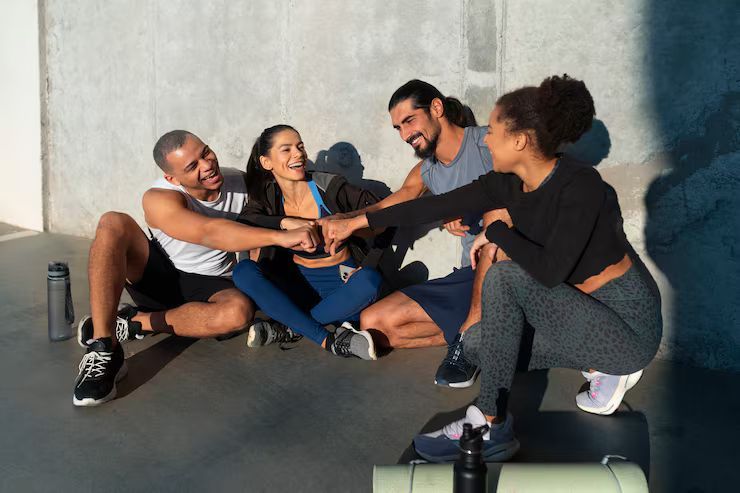
Consistency is key when it comes to building strength, improving movement and seeing real results. Doing 2-3 exercise sessions a week, rather than just one, helps reinforce good technique, boost fitness and maintain motivation. Group sessions can add accountability, support and fun to keep you on track. Consistency creates change 1. Regular exposure helps your body your body adapt and get stronger 2. Better reinforces movement patterns and technique 3. "Dose matters" - more frequent training leads to better strength and rehab outcomes (PTJ, 2017) The sweet spot, 2-3 times per week 1. Promotes steady gains in strength, endurance and confidence 2. Reinforces skills and movement quality 3. Linked to better pain, function and quality-of-life outcomes Why group sessions work 1. Social support boosts commitment and accountability 2. Guided sessions improve technique and consistency 3. More fun and motivating with group energy Ready to get started? 1. Head to our website via the link in our bio 2. Explore our class options and session times 3. Read more about how we can help you move and feel better 4. Get in touch if you're interested

Want to stay injury-free? Focus on the three biggest predictors: Previous injuries, sudden spikes in training load and movement quality. Strengthen your body, train smart and move well to keep performing at your best! Previous injury The #1 factor for getting hurt again 1. Fully rehab before returning to play 2. Fix old weaknesses and movement issues 3. Report pain early - don't "train through it" Spikes in training load Sudden jumps in training or activity = big risk 1. Increase training volume by no more than 10% per week 2. Track your load (time, distance, RPE, weight) 3. Prioritize recovery and sleep (7-9 hours) Poor movement quality 1. Strengthen your core and stabilizers 2. Practice balance and coordination 3. Get feedback to refine technique 4. Quality beats quantity Other risk factors Poor sleep, high stress and muscle imbalances can also raise injury risk Prevention formula: Smart load + Strong movement + Full recovery= Fewer injuries and better performance
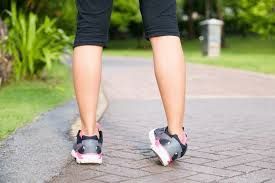
If you're experiencing recurrent ankle instability or have a history of multiple sprains, you may be dealing with chronic ankle stability. This condition often arises when the ankle joint becomes weakened and unstable, frequently due to incomplete healing following a previous injury. Fortunately, research indicates that targeted exercises can be highly beneficial! A 2025 study demonstrated that specific strengthening and balance training regimens effectively enhance ankle strength and stability, potentially mitigating the risk of recurring injuries. Therefore, even if your ankle feels improved after an injury, check in with your physio to develop a tailored exercise plan, promoting long-term ankle health!
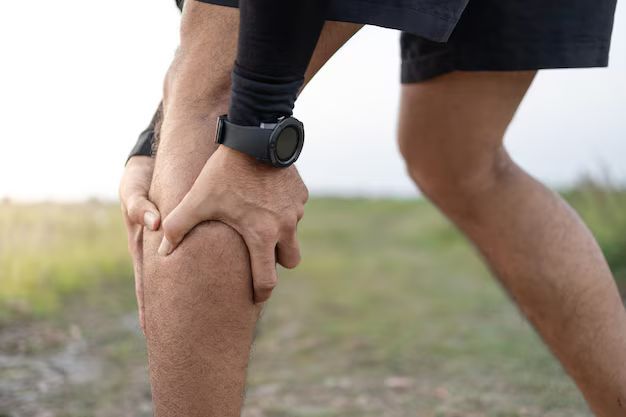
We see it all the time - people push through a small injury, only for it to return months or years later. Here's how to heal the right way so your niggle doesn't become a lifelong setback. Tip 1: See a professional early Don't sit at home guessing the problem. Early diagnosis is crucial to a smooth recovery. Tip 2: Do your homework from the physio Physio's may only see you for 30 mins - 1 hour a week. True recovery happens outside of this time with your rehabilitation program. So make sure you do it! Tip 3: Finish your treatment plan Treatment doesn't stop when pain is gone. The next phase is the most important to prevent ongoing pain/weakness and unfortunately is when most people stop treatment.

Neck pain from poor posture at your desk? You're not alone! Whether it's from long hours at your work desk or scrolling on your phone, postural neck pain is super common - but totally treatable. TOP TIPS TO EASE THE ACHE: 1. Keep moving - Avoid long periods of sitting still. Take regular breaks when you can. Getting up every 30-60mins reduces stiffness and muscle tension. Just 1-2 mins of stretching or walking can improve circulation and prevent pain. 2. Chin tucks exercise - Realign your neck & improve posture. These exercises help strengthen deep neck muscles - Gently draw your chin straight back (like making a double chin) without tilting your head. Hold for 5 seconds. This relieved neck strain from forward head posture. 3. Strengthen your upper back - Support better posture for the long haul. Strong upper back muscles = better posture & less neck pain. Try: 1. Scapular squeezes (pinch shoulder blades) 2. Wall angels 3. Resistance band rows Do these 3-4x/week for best results! 4. Stretch it out - Release tight neck & chest muscles. Tight chest & neck muscles pull posture forward and strain your neck. Stretch daily! 1. Chest (doorway stretch) 2. Upper traps (side neck stretch) 3. Levator scap (look to armpit stretch) Start small, stay consistent and your neck will thank you!

When you're injured or in pain, the first instinct is often to stop moving completely. But in most cases, too much rest can actually slow your recovery. Here's why: Movement boosts healing Gentle movement increases blood flow, stimulates muscle and tissue regrowth & promotes healing of the injured area. Maintains strength, mobility & overall fitness Total rest can lead to stiffness and weakness, making it harder to get back to your normal activities. Pain doesn't always mean damage Often, moving in the right way is safe and helps reduce inflammation & pain over time. Guided activity speeds recovery A physio can help you find the balance between rest and the right type of movement. Remember - It's not always about stopping, but about moving smarter
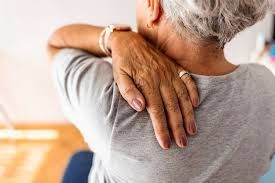
Are you managing your osteoporosis? Medication is not the only way to help your bone density! Resistance exercise has been shown to have comparable bone density gains in just 8 months of regular training. Check out our osteoporosis program for evidence based exercise therapy lead by our first class physiotherapy team. Treatment options for improving bone density MEDICATION: BONE DRUGS 1. Bisphosphonates - Anti-resorptive agents 2. Anabolic agents - Stimulate new bone formation HORMONE OPTIONS Selective to specific patients Medications also come with side effects such as gastrointestinal disruption, musculoskeletal pain, hypocalcemia and fractures LIFESTYLE: NUTRITIONAL SUPPORT Calcium/Vitamin D diet +/- supplementation EXERCISE Not all exercise is beneficial ** and must be purposefully prescribed and dosed NOT ALL EXERCISE IS BENEFICIAL FOR IMPROVING BONE DENSITY We offer an osteoporosis program that supports you in learning how to perform safe resistance training and best manage your condition What's included? A detailed assessment to understand your history and determine your current exercise capacity Education resources on osteoporosis management 2 x weekly small group exercise sessions tailored to meet your individual needs Minimum 12-week commitment, 12-months recommended for the best outcomes


